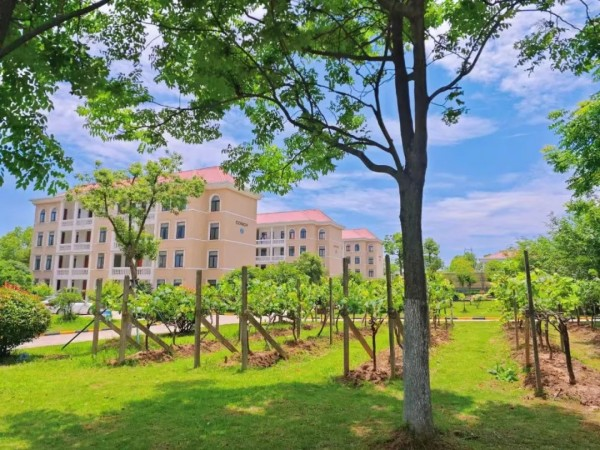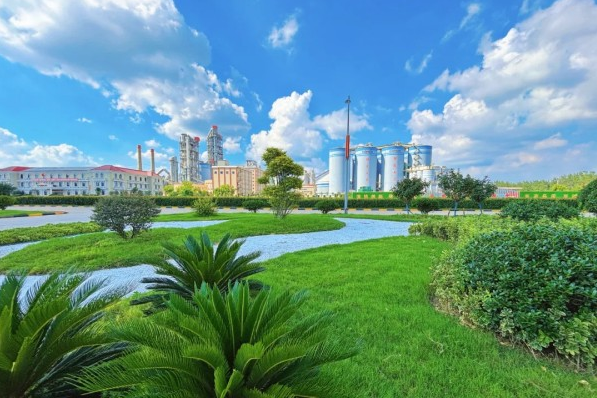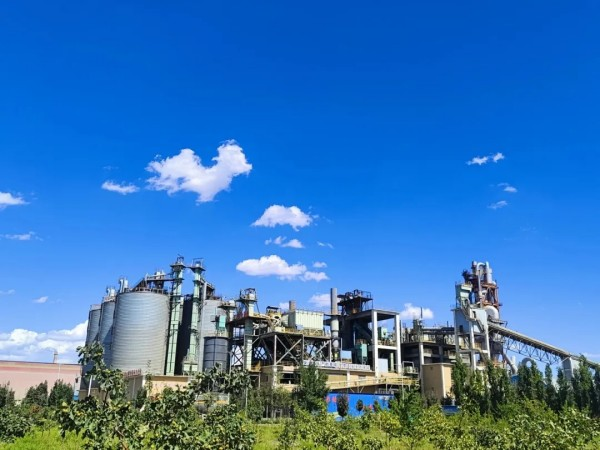Conch Cement Expands Green Footprint with Four New Eco-Friendly Plants
Time:2025-09-15 10:10
See:
Recently, the Department of Industry and Information Technology of Anhui Province, the Department of Economy and Information Technology of Tibet Autonomous Region, and the Industry and Information Technology Bureau of the Xinjiang Production and Construction Corps released their respective lists of provincial-level green factories. Conch Cement’s subsidiaries—Lu’an Conch, Quanjiao Conch, Basu Conch, and Hami Hongyi—were all recognized, bringing the group’s total to 29 national-level and 37 provincial-level green factories.
Lu’an Conch has systematically advanced green manufacturing by focusing on "Compact facility design、Non-toxic raw materials、Cleaner production processes、Recycled waste utilization and Renewable energy adoption". The plant employs high-efficiency motors, real-time energy monitoring, and process optimization to reduce product-level carbon emissions. It also makes use of local industrial waste—such as coal slag, desulfurized gypsum, and fly ash—as raw materials, alleviating local waste disposal pressures while supporting circular economy principles. A 1.39 MW photovoltaic project supplies 1.4 million kWh of green electricity annually. With sustained environmental investment, the facility exceeds national emission standards across air, water, and solid waste indicators.

At Quanjiao Conch, the philosophy that "clear waters and green mountains are invaluable assets" is embedded throughout the production chain—from mining to dispatch. As the industry’s first fully intelligent plant, it has implemented ultra-low emission retrofits, energy-saving technological upgrades, AI-driven systems, and alternative fuel use. The facility also co-processes solid and hazardous waste in its kilns and has deployed solar power generation, contributing to a clean, lush, and visually harmonious factory environment. It was awarded “Anhui Environmental Performance Grade-A Enterprise” in October 2023 and received China’s first Construction Materials Carbon Label in October 2024.

Basu Conch, located in high-altitude Tibet, has overcome thin-air operational challenges by installing oxygen-enriched combustion systems that save nearly 300 tons of standard coal per year. Its 8.8 MW photovoltaic project, developed in phases and complemented by waste heat recovery, generates nearly 50 million kWh of green electricity annually—covering almost half of the plant’s power needs. Ecological restoration efforts include soil improvement and a five-stage pumping system that lifts water 700 meters for intelligent irrigation. Once barren limestone slopes now support 50,000 spruce and cedar trees and over 130,000 square meters of grassland, attracting the return of local blue sheep. The plant also invested tens of millions in co-processing municipal solid waste, supporting harmless and resourceful treatment of urban refuse.

Hami Hongyi, operating a 2500 t/d clinker line in the Gobi Desert, has consistently pursued green and low-carbon development. Through enclosed stockyards, denitrification technical upgrades, and added dust collectors, the company has continuously reduced emissions of nitrogen oxides and particulates, now meeting ultra-low national standards. In parallel, the company has greened its arid surroundings by installing over 3,400 meters of drip irrigation and planting more than 200 drought-resistant trees and fruit plants—setting a benchmark for ecological development in desert industrial zones.